Video game DLC takes control of gaming industry
The scariest thing this Halloween season is not clowns, chainsaw murderers or even the old house at the corner. It’s the excessive amount of downloadable content in video games.
Unlockables — are taking a backseat to downloadable content. For example, fighting games used to contain many secret characters begging for unlocking. Now it seems more fighting games come with every character unlocked, leaving gamers to purchase any extra characters.
Take Timesplitters Future Perfect, released in 2005. It came with 150 playable characters, 15 maps, 43 weapons, 13 story mode levels, 13 multiplayer game modes and a map creator mode. All this content came on disc with no downloadable content. This offered hours of playtime, all included on game. Star Wars Battlefront, released in 2015, came with only 12 maps and no single player campaign. However, DLC (downloadable content) is available for Battlefront.
Before DLC was common practice in video games, games came with a luxury of content. This isn’t to say DLC is a bad thing in itself — it’s just that there is now an over-reliance on it.
Such a reliance on downloadable content can damage the replay value of a game.
What’s the point of replaying a game if doing so offers no rewards? In 1998 Resident Evil 2 rewarded players with bonus characters, game modes, and costumes for extra playthroughs. One bonus included the fan-favorite “Tofu Survivor” game mode.
Today, some games don’t even come as a full package with basic content. In 2016 Street Fighter V epitomizes this. It came to players with no way to fight against the computer in a versus mode, no fleshed-out story mode and no arcade mode. These are essential to console ports of fighting games. What is the advantage of excluding these features? There is no benefit to skimming on content. Capcom released Story Mode DLC, but it doesn’t undo the damage.
Oftentimes, DLC is unnecessary and acts as a cash grab. The 2012 release of Dead or Alive 5 had 10 costume packs available to purchase. Each pack acted as a bundle of small costume packs that people could buy individually. Additional costumes packs are fun, but why not just include them all in the game? Granted, publisher Tecmo Koei included these in updated re-releases of the game, but the point still stands. Most of the costumes are just skimpy outfits strictly for eye candy and fan service. One pack is just Santa costumes for everyone. Perhaps the packs could’ve been justified if the costumes were something special, but they weren’t.
Companies can use DLC for good, such as expansions and map packs, but as of late, game companies abuse the system. Too many companies are releasing half-baked games in order to continually release DLC to complete their games — all while making money. Money-hungry companies are milking the once-positive system and it’s damaging the gaming industry.

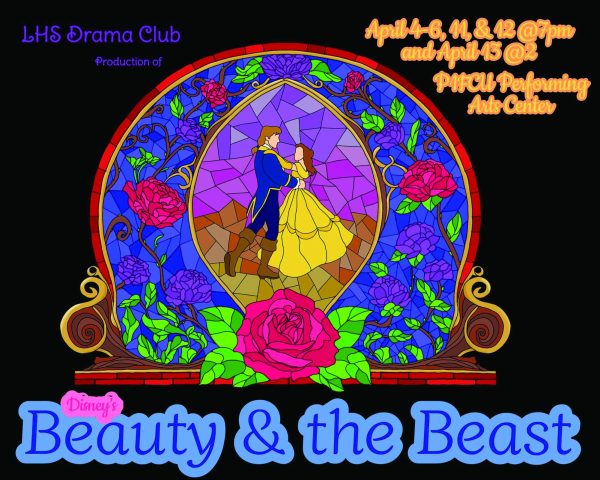
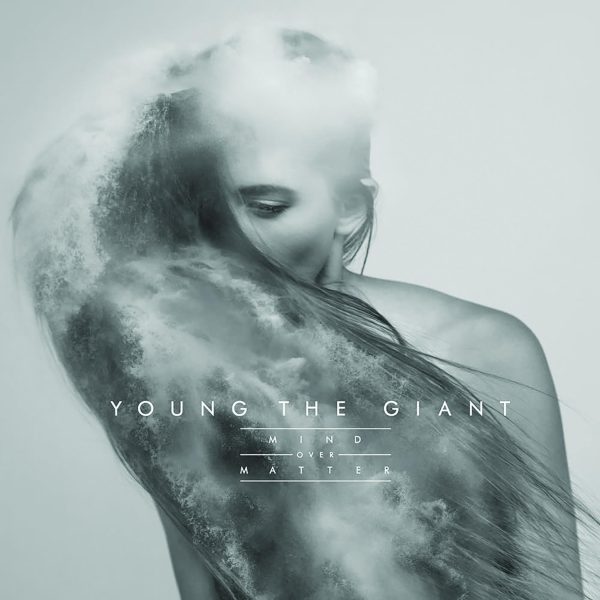
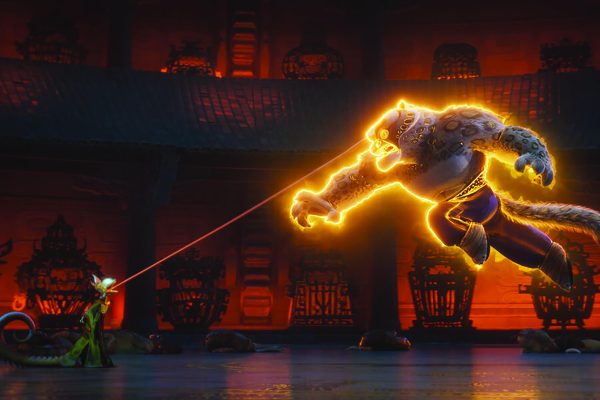
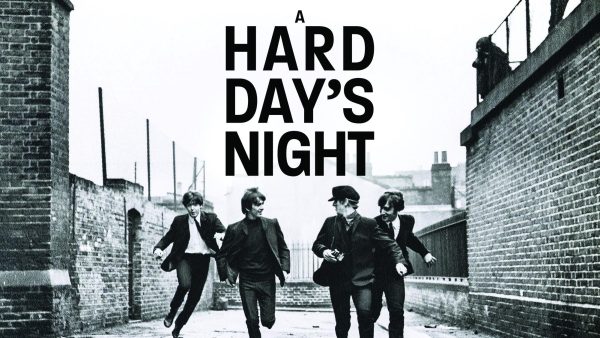
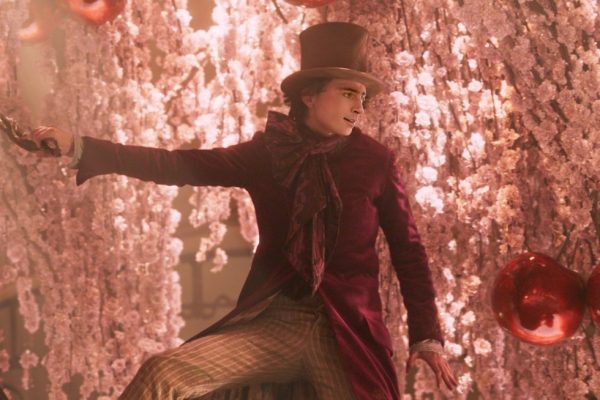

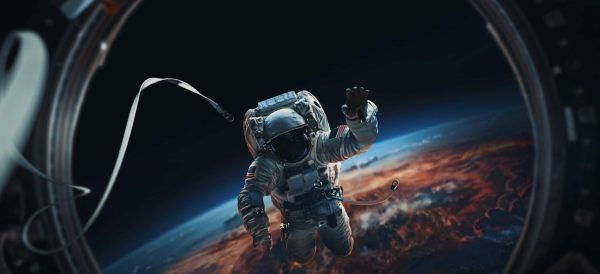
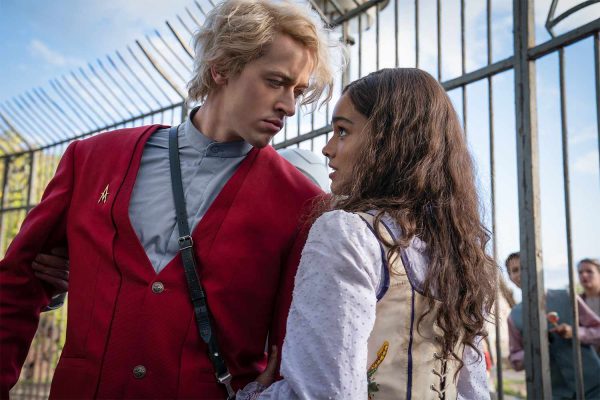
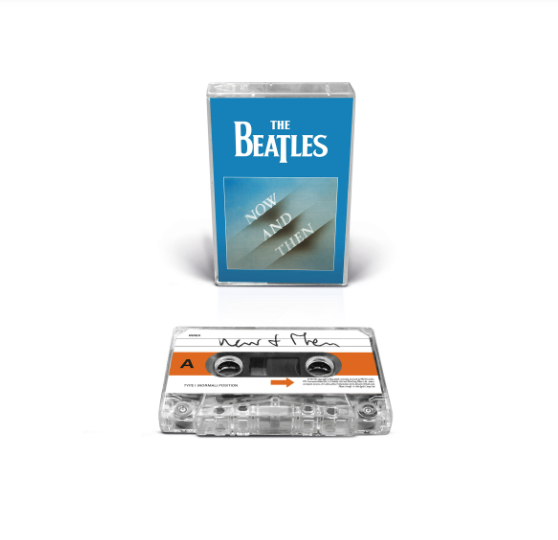
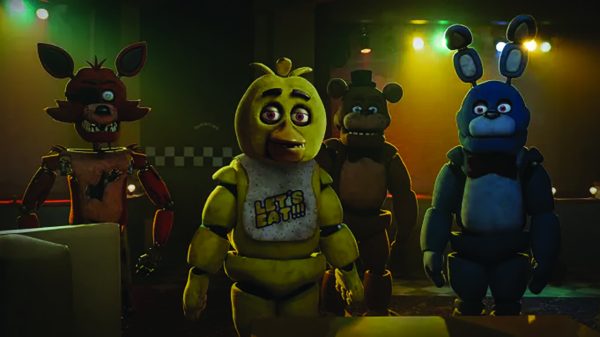
Alistair King • Nov 8, 2016 at 3:36 PM
If you want to talk about a cash grab just look at Triple-A games like Fallout 4 and Mortal Kombat, one that should have included the DLC in the game, and another that just wants money.
We’ve also done some articles on Video Games over at our site, come check it out:
http://birdeyenews.forrestbirdcharterschool.org/